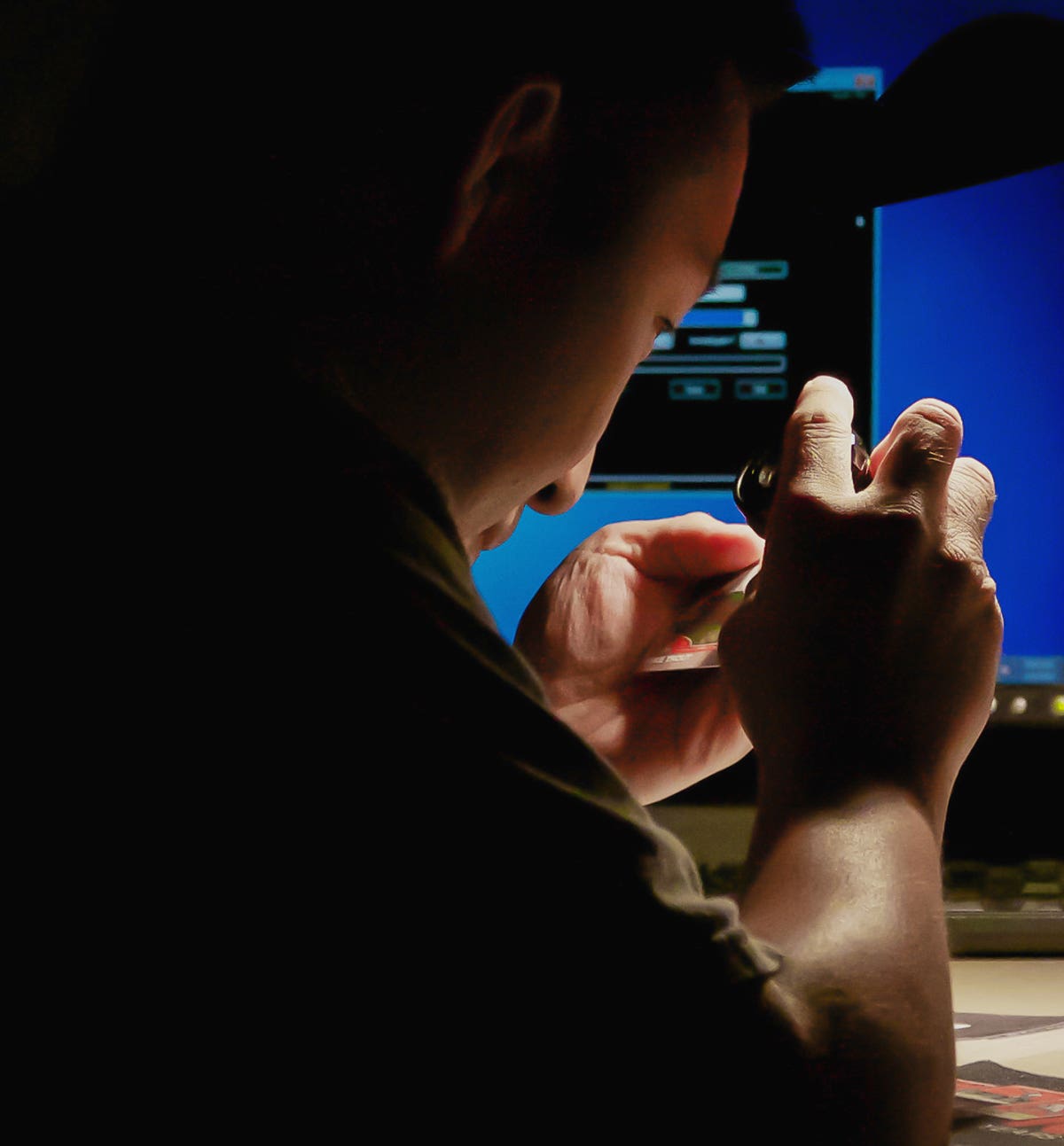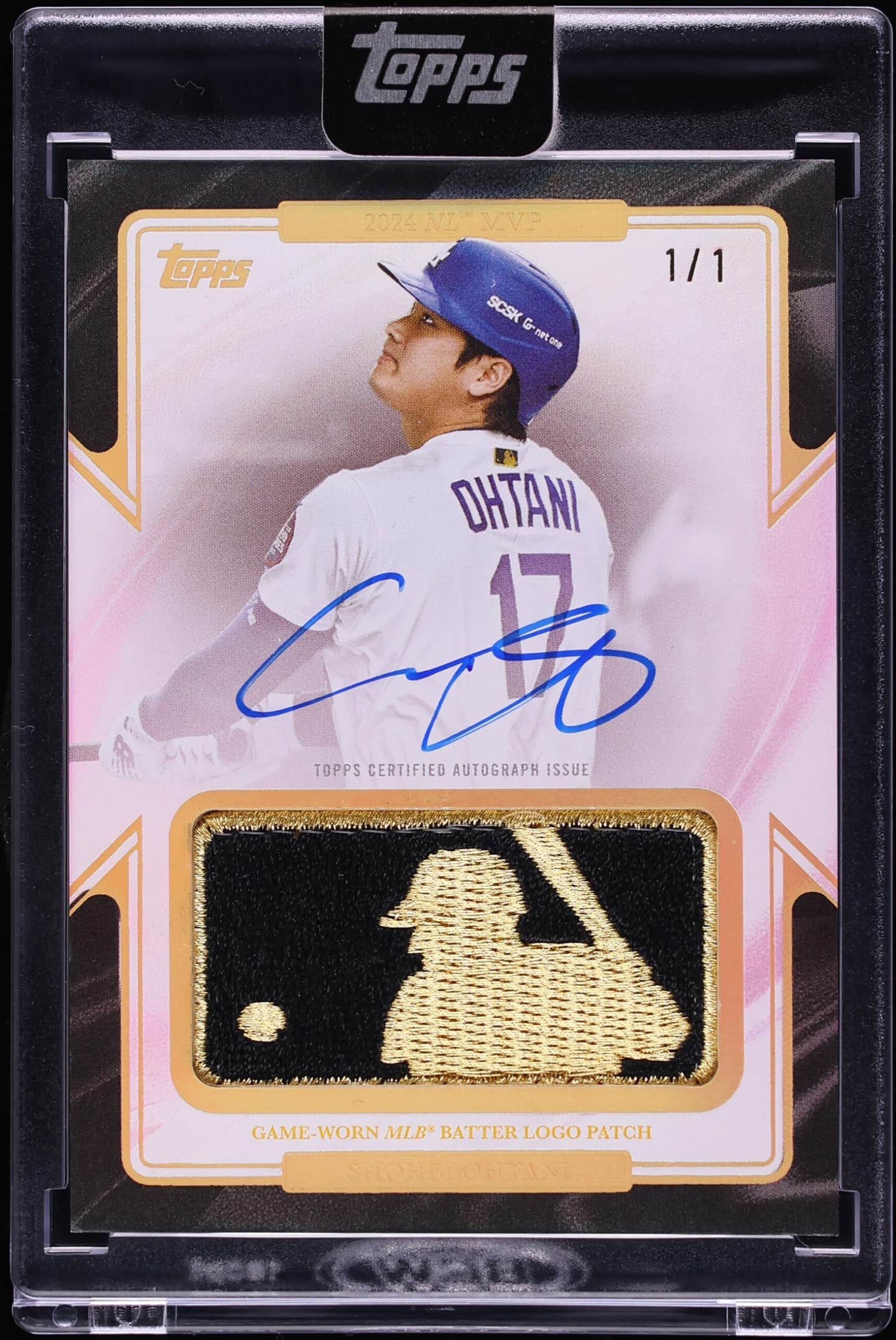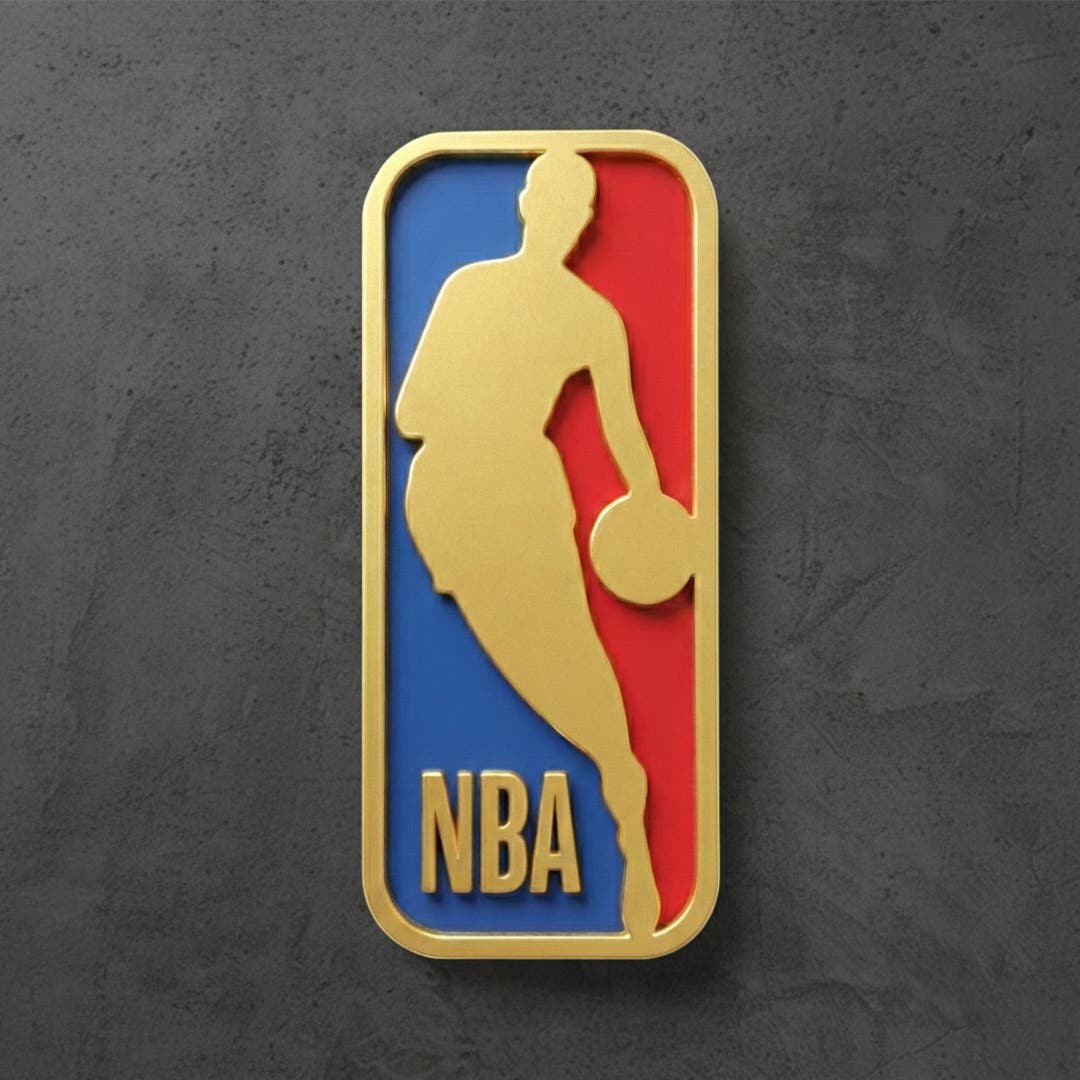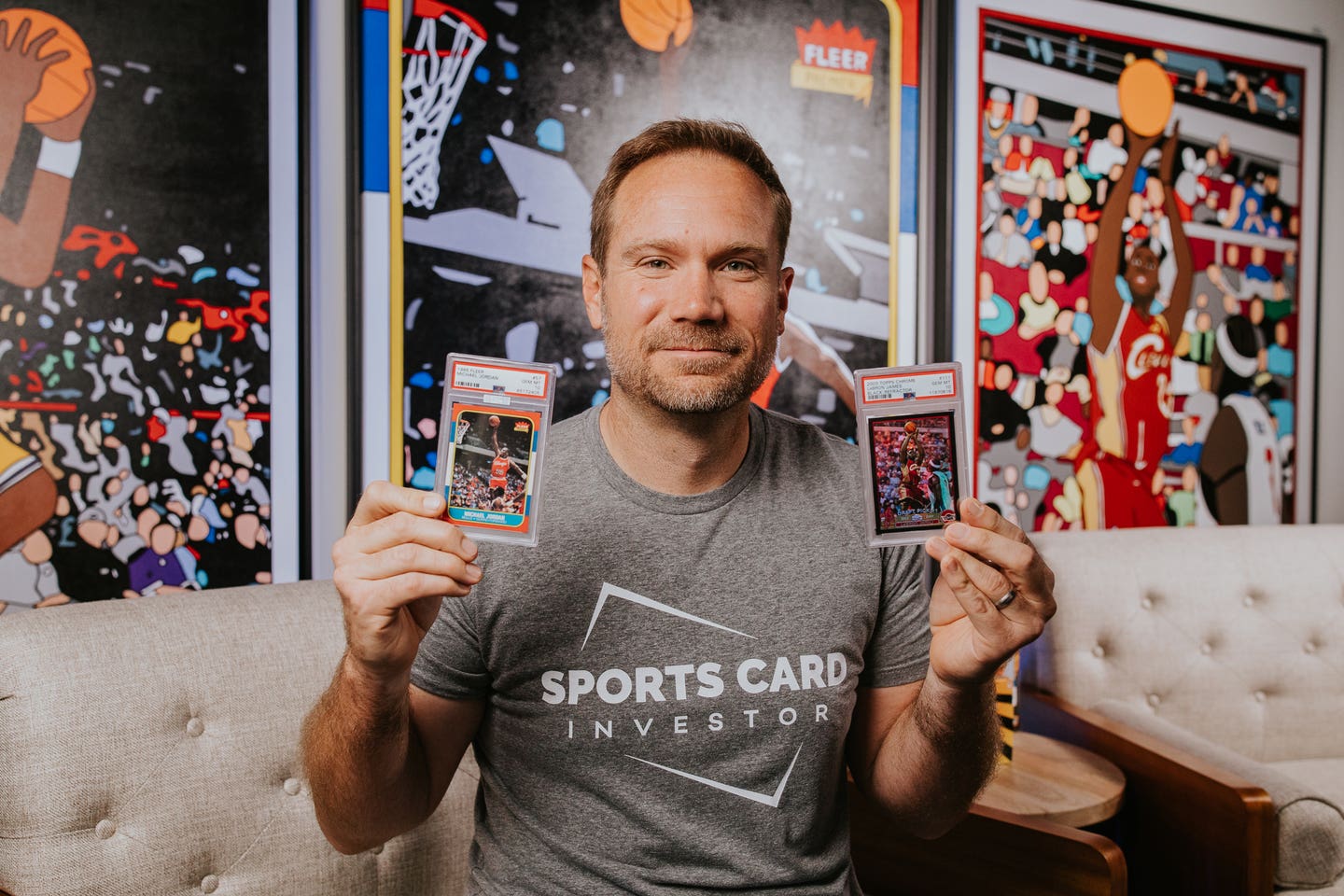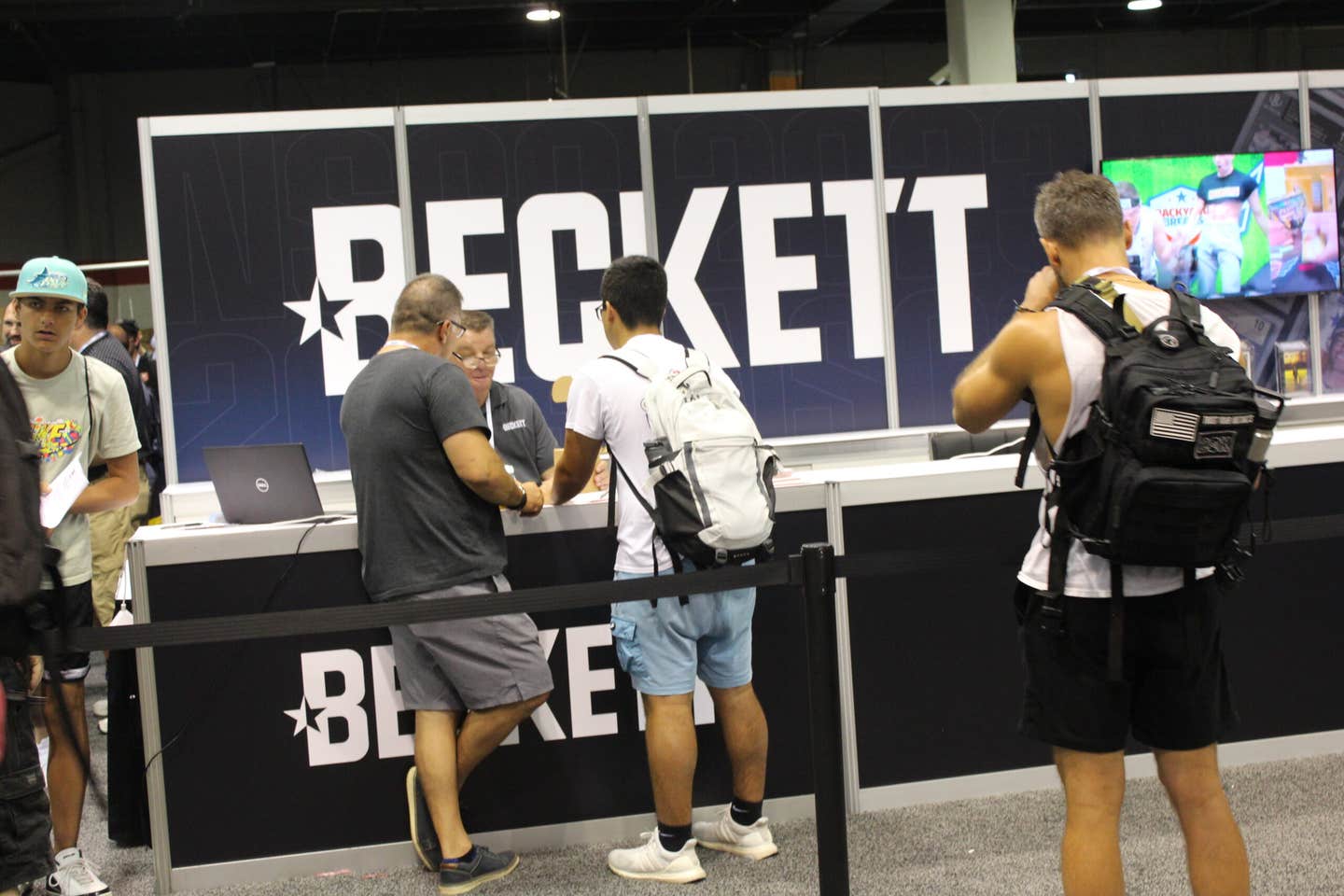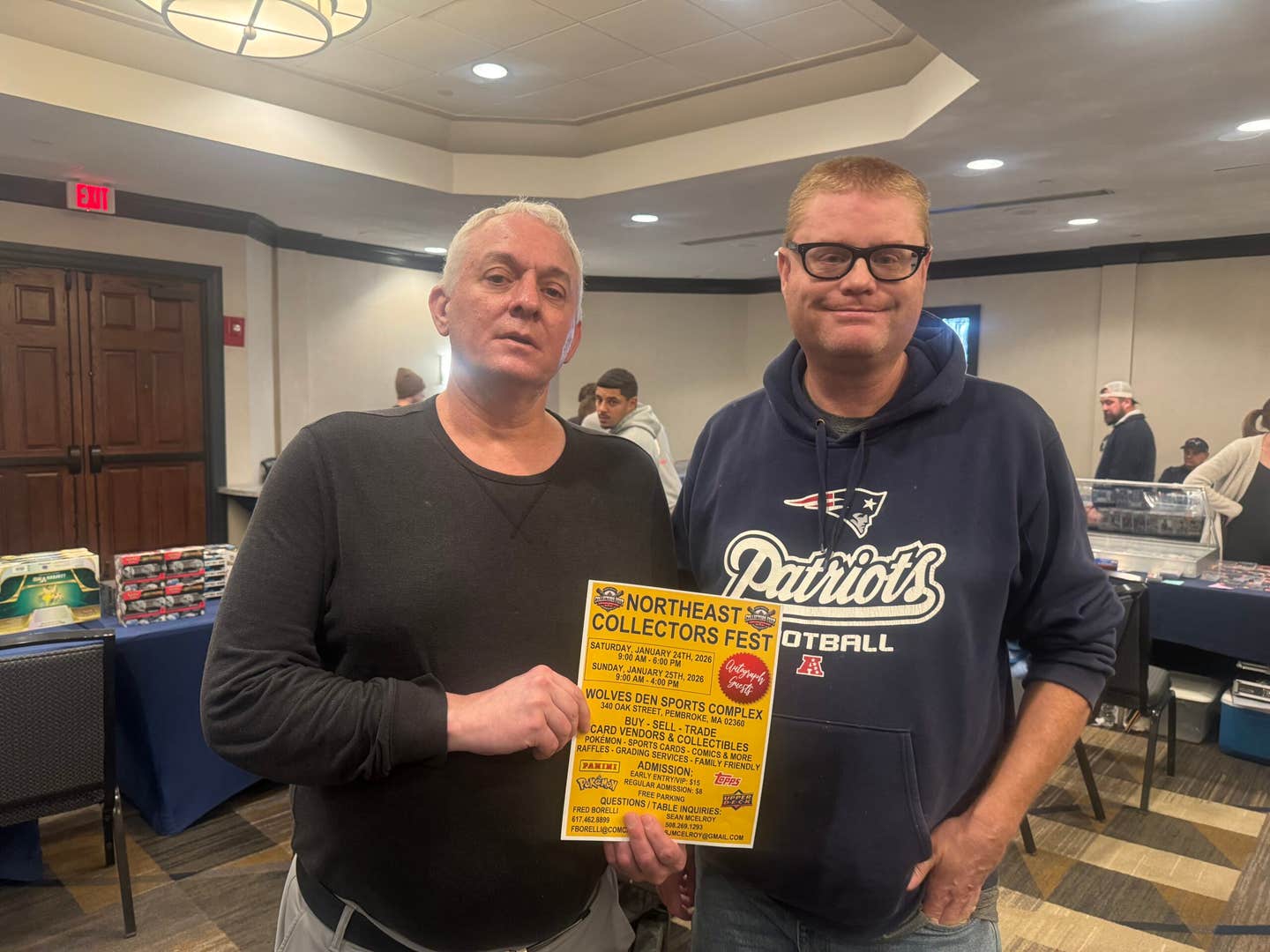Cards
Ichiro welcomed to Cooperstown as MLB great, international baseball star
Ichiro Suzuki, a newly elected Baseball Hall of Famer, already had a storied professional career on the diamond long before he ever played in the major leagues. And then, once he was in the big leagues, he became an international legend.
The highly talented left-handed hitter played for 19 seasons with the Seattle Mariners (2001–2012, 2018–19), the New York Yankees (2012–14), and the Miami Marlins (2015–17). He also played nine seasons at the highest level of professional baseball in his native Japan with the Orix Blue Wave in the Pacific League of Nippon Professional Baseball (NPR).
Ichiro will be inducted into the Baseball Hall of Fame on July 27 in Cooperstown, N.Y. He will be inducted along with CC Sabathia, Billy Wagner, Dave Parker, and Dick Allen.
Hall of Fame Inductions:
Suzuki, who prefers to be called by his first name—Ichiro—left his mark wherever he played. In Japan he was a seven-time Pacific League batting champion (1994–2000) as well as a seven-time All-Star (1994–2000) and a three-time Pacific League MVP (1994–96). He had a blistering career batting average of .353 in the NPR.
In 2001, at age 27, Ichiro came to the U.S. to play for the Mariners. He found instant success here, winning the 2001 American League Rookie of the Year and AL MVP as well as the first of two MLB batting titles. That was just for starters.
He won another AL batting title in 2004. By the time Ichiro retired from professional baseball, he’d amassed 4,367 hits, surpassing the magical 3,000-hit mark in the majors with 3,089 hits and collecting 1,278 hits in Japan. But while the 10-time MLB All-Star (2001–2010) made hitting a baseball look easy, he said through an interpreter that he had to work hard every day of his career to get better at his craft.
You Also Might Like:
Hard to believe that he could get any better. A hitting machine, Ichiro smacked scorching line drives, spraying hits all over the field. He had 10 MLB seasons with 200 or more hits and batted over .300 every season from 2001-2010.
In his major league career, Ichiro had 50 or more hits in a month four times, including three times in 2004. Only Pete Rose had four months in his career with 50 or more hits.
In 2004, Ichiro set the MLB record for most hits in a season with 262, breaking the record of 257 held for 84 years by St. Louis Browns standout George Sisler. Sisler’s daughter, Frances Sisler Drochelman, was on hand at Safeco Field in Seattle on Oct. 1, 2004 to witness Ichiro’s record. That meant a lot to Ichiro, a student of the game. He visited the Baseball Hall of Fame in Cooperstown seven times as an active player, the most by any player while in uniform.
“Every time I go to the Hall of Fame, I feel so good,” he said. “It’s like I’m home. It’s really a great place and a great place to feel good about baseball. I feel guys should go there as active players to study the game.”
Also See: Babe Ruth's 1934 Tour of Japan left behind some cool collectibles
Now when Ichiro goes to the Hall of Fame, he will see a plaque with his name and image on it, wearing a Seattle Mariners cap.
Even the great Ichiro couldn’t be positive he’d join the immortals in Cooperstown this year.
“I was told to expect a call at a certain time on Jan. 21, and when the call was fifteen minutes late, I started to get nervous,” he said.
Long story short, he got the call. Oh, and by the way, he had gotten another call as well. On Jan. 16, he was elected to the Japanese Baseball Hall of Fame. Not bad for a guy some thought might be too small to play professional baseball.
STANDING TALL
At 5-foot-11, with a slender build, Ichiro proved that looks can be deceiving. Weighing a mere 175 pounds, he didn’t look like an athlete. Even in Japan fans wondered if he had the stamina to complete an entire season in Japan (144 games) or MLB (162 games). Ichiro didn’t break a sweat doing either. While playing for Seattle, he appeared in at least 157 games a season from 2001-03 and a minimum of 161 games eight times between 2004-2012.
However, the Mariners benefited from concerns about Ichiro’s size. When he was opting to play in the major leagues, a player from Japan had to go to the highest bidder. One of the Mariners’ scouts, Jim Colborn, had been the pitching coach for Orix and touted Ichiro’s skills to the Mariners. Other teams had doubts, but the Mariners put in a high bid for Ichiro and won the sweepstakes. Ichiro became the first Japanese position player to don a major league uniform.
He could hit with power if he wanted to, but, playing in a day and age when many muscle-bound hitters were slamming the ball over the fences, he decided to take a different approach. He chose to make contact with the ball and hit it all over the field. He’d slap the ball past the shortstop, rocket it up the middle, roll it down the third-base line, and get double after double (362 of them) by hitting the ball to unguarded turf in the outfield. He could also run the bases and swiped 509 bags in the majors.
If anyone could say they got an education in baseball, it’s Ichiro Suzuki. He was introduced to the game in third grade and his father, Nobuyuki Suzuki, developed a training regimen designed to turn his son into a five-tool player. Those drills focused on every aspect of the game—fielding, hitting, hitting with power, throwing, and running.
While Ichiro played right field as a pro, he was a pitcher in high school. He credits his time on the mound with giving him a strong arm to make accurate throws from the outfield and snag runners on the base paths.
The Japanese native could really flash the leather, winning 10 Gold Gloves in a row from 2001-2010. He also won seven Golden Gloves (1994–2000) in Japan.
At first, the Orix Blue Wave weren’t quite sure what they had with Ichiro. Using an unconventional batting stance, he not only swung the bat, he swung his whole body to hit the ball in a stance that started by coiling his knees together. The stance featured a front leg kick, followed by a quick planting of the front foot, with his upper body, arms, legs and bat going through the strike zone. The unusual stance also allowed him to leave the batter’s box fast on the way to first.
Ichiro’s first Orix manager, Shozo Doi, didn’t like the stance and wouldn’t play Ichiro much. But the team switched managers in 1994, putting Akira Ohgi at the helm. Ohgi, who became one of Japan’s best skippers, recognized Ichiro’s talent and played him every day.
The youngster responded and seemed to never stop hitting. He batted .385 in 1994 and became a fan favorite. Ohgi felt his new star could become a national sensation in Japan.
HOUSEHOLD NAME
During that memorable 1994 season, Ohgi got the idea to do something bold: He had “Ichiro,” the young phenom’s first name, sewn on the back of Suzuki’s uniform to make the hitting star stand out from other players. “Suzuki” is a common surname in Japan, but using “Ichiro,” Ohgi figured, would give the rising superstar a pop-culture following. A ballplayer’s last name always adorned the back of his uniform—until then.
Ichiro wasn’t sure about the idea at first, but decided to go along with it. The idea proved to be ingenious as the right fielder was known simply as “Ichiro” the rest of his pro career.
By the end of the 1994 season in Japan, Ichiro was a household name in his native land. His image appeared on billboards throughout Japan. Yet, would Ichiro realize his dream of playing major league baseball?
Upon election to the Hall of Fame, Ichiro admitted, “There was a time I didn’t even know if I would be given a chance to play in the majors.” It was hard for him, he said, to imagine ever getting into the Hall.
But playing in the majors put a great deal of pressure on the first Japanese player elected to Cooperstown. He felt as though he were carrying the weight of every Japanese player who ever wanted to play in the majors. Ichiro firmly believed that if he didn’t produce and he failed, Japanese baseball would be considered a lower grade than the game played in the US. That, he felt, would have hurt other Japanese players who wanted to play in the majors.
“The pressure was there. That’s what I had to carry,” the now 51-year-old baseball icon said.
A lifetime .311 hitter in the majors, Ichiro said thoughtfully, “I don’t know anyone in the world who thought I would be a Hall of Famer anywhere, when I started out.”
Well, no worries about that anymore.
ICHIRO ROOKIES
2001 TOPPS CHROME TRADED
2001 UPPER DECK
2001 FLEER
2001 TOPPS TRADED ICHIRO/ALBERT PUJOLS
2001 BOWMAN CHROME GOLD REFRACTOR
2001 BOWMAN DRAFT



